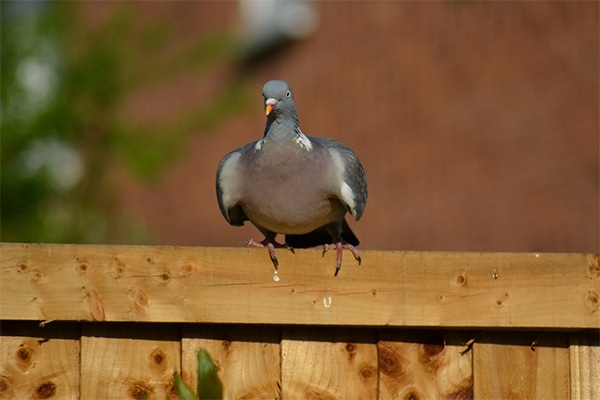
BASC answers NRW’s call for evidence on wild bird licensing
BASC Wales director thanked everyone who took the time to respond.
Get information on the legal shooting season for mammals and birds in the UK.
Apply for funding for your project or make a donation today
Comprehensive information and advice from our specialist firearms team.
Everything you need to know about shotgun, rifle and airgun ammunition.
Find our up-to-date information, advice and links to government resources.
Everything you need to know on firearms law and licensing.
All the latest news and advice on general licences and how they affect you.

BASC has produced a critique of the new “unworkable” crow general licence produced by Natural England
The new licence includes many more “additional restrictions and conditions” than its predecessor, which was one of the three general licences for the control of pest birds in England that was withdrawn by Natural England last week.
BASC and other rural organisations have described the new crow licence as “unworkable” and “not fit for purpose” and there are real fears for the quality of other general licences yet to be released.
BASC’s Dr Conor O’Gorman said: “Natural England needs to urgently come up with a new plan of action.
“Issuing further general licences as complicated and confusing as the crow licence is not going to solve this ongoing crisis in the countryside.”
Click here for the latest information.
The critique can be read here:
On 26 April Natural England issued a new general licence (GL26 – carrion crows – prevent serious damage to livestock including poultry and reared gamebirds) as part of the process of replacing the general licences it withdrew without consultation on 25 April.
BASC and other rural organisations have described the new crow general licence (GL26) as unworkable and not fit for purpose and there are real fears for the other general licences which have yet to be released.
To make things even more complicated Natural England also published on 26 April no less than three other documents associated with the new crow licence. There are GL33, WML-GU01 and WML-GU02.
Far from allowing crow control to carry on ‘much as before,’ the new crow licence (GL26) includes many additional restrictions and conditions than its revoked predecessor.
Key additional restrictions in the crow licence are as follows:
Click here for GL26 crow general licence to protect livestock
Click here for GL33 licence conditions for trapping and use of live decoys
Click here for WML-GU01 legal measures for managing wild birds
Click here for WML-GU02 relevance of Animal Welfare Act 2006

BASC Wales director thanked everyone who took the time to respond.

An average of 500 responses have been received each hour since the survey was launched.

BASC chief executive Ian Bell met Michael Gove ahead of announcement.
Sign up to our weekly newsletter and get all the latest updates straight to your inbox.
© 2025 British Association for Shooting and Conservation. Registered Office: Marford Mill, Rossett, Wrexham, LL12 0HL – Registered Society No: 28488R. BASC is a trading name of the British Association for Shooting and Conservation Limited which is authorised and regulated by the Financial Conduct Authority (FCA) under firm reference number 311937.
BASC Direct Ltd is an Introducer Appointed Representative of Agria Pet Insurance Ltd who administer the insurance and is authorised and regulated by the Financial Conduct Authority, Financial Services Register Number 496160. Agria Pet Insurance is registered and incorporated in England and Wales with registered number 04258783. Registered office: First Floor, Blue Leanie, Walton Street, Aylesbury, Buckinghamshire, HP21 7QW. Agria insurance policies are underwritten by Agria Försäkring.
If you have any questions or complaints about your BASC membership insurance cover, please email us. More information about resolving complaints can be found on the FCA website or on the EU ODR platform.